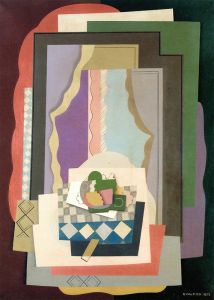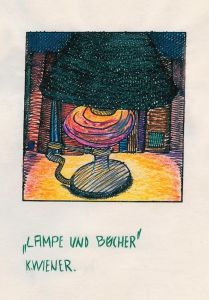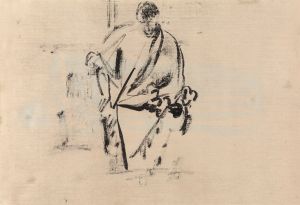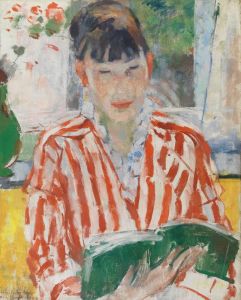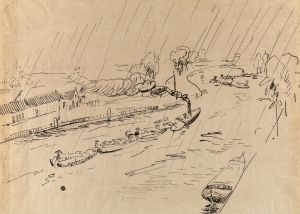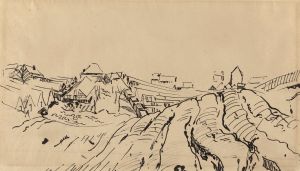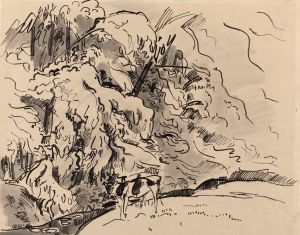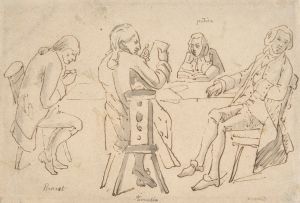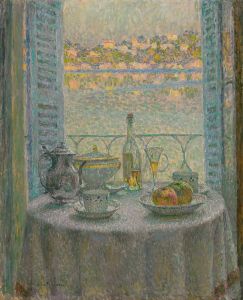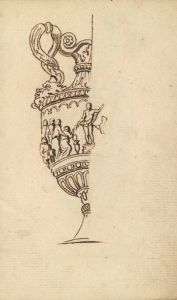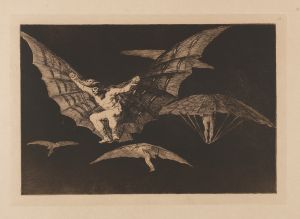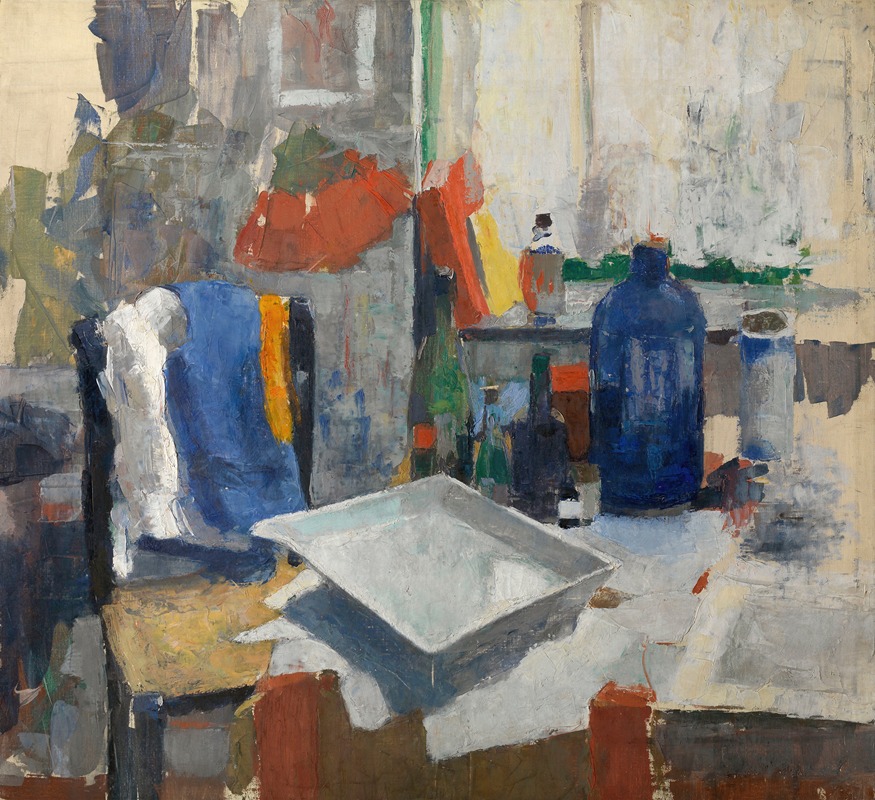
Etching Table
A hand-painted replica of Rik Wouters’s masterpiece Etching Table, meticulously crafted by professional artists to capture the true essence of the original. Each piece is created with museum-quality canvas and rare mineral pigments, carefully painted by experienced artists with delicate brushstrokes and rich, layered colors to perfectly recreate the texture of the original artwork. Unlike machine-printed reproductions, this hand-painted version brings the painting to life, infused with the artist’s emotions and skill in every stroke. Whether for personal collection or home decoration, it instantly elevates the artistic atmosphere of any space.
Rik Wouters was a prominent Belgian painter and sculptor associated with the Fauvism movement in the early 20th century. Known for his vibrant use of color and expressive brushwork, Wouters' work often depicted intimate domestic scenes and landscapes, capturing the essence of everyday life with a sense of immediacy and emotion. One of his notable works is "Etching Table," which exemplifies his artistic style and thematic focus.
"Etching Table" is a painting that reflects Wouters' interest in portraying scenes from his immediate surroundings, often featuring his wife, Nel, who was a frequent subject in his work. The painting is characterized by its dynamic composition and the use of bold, vivid colors, a hallmark of Wouters' Fauvist influence. The scene likely depicts an interior space, possibly Wouters' own studio or home, where the act of etching—a printmaking process—is taking place. This setting provides a glimpse into the artist's personal life and creative environment, emphasizing the connection between his art and his everyday experiences.
Wouters' technique in "Etching Table" showcases his ability to convey light and atmosphere through color. The brushstrokes are loose and expressive, creating a sense of movement and vitality within the scene. This approach aligns with the Fauvist emphasis on color as a primary means of expression, rather than relying on realistic representation. The painting's composition draws the viewer's eye across the canvas, inviting them to explore the details of the scene and the interactions between the figures and their surroundings.
The period during which Wouters created "Etching Table" was marked by personal and professional challenges. Despite facing health issues and the looming threat of World War I, Wouters continued to produce art that was both innovative and deeply personal. His work during this time is often seen as a reflection of his resilience and dedication to his craft, as well as his ability to find beauty and inspiration in the midst of adversity.
Rik Wouters' contribution to the art world extends beyond his paintings. As a sculptor, he also created works that demonstrated his keen understanding of form and movement. However, it is his paintings, such as "Etching Table," that have left a lasting impact, celebrated for their emotional depth and vibrant use of color. Wouters' legacy is one of a passionate artist who captured the essence of his time with a unique and personal vision.
Today, Rik Wouters is remembered as a key figure in Belgian art, and his works are held in high regard by collectors and art historians alike. "Etching Table" remains an important piece within his oeuvre, exemplifying the qualities that define his artistic legacy. Through his innovative approach and dedication to his craft, Wouters has secured his place in the history of modern art, inspiring future generations of artists with his bold and emotive style.





